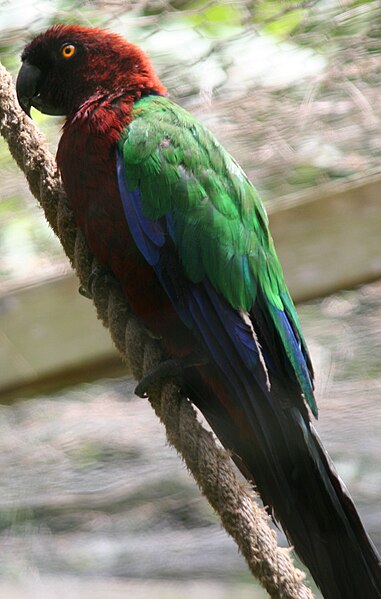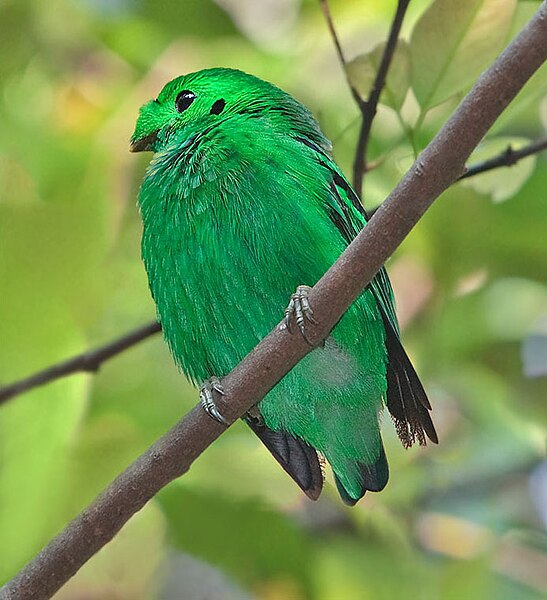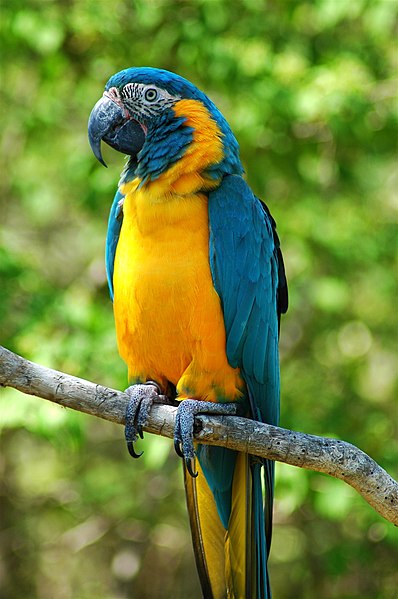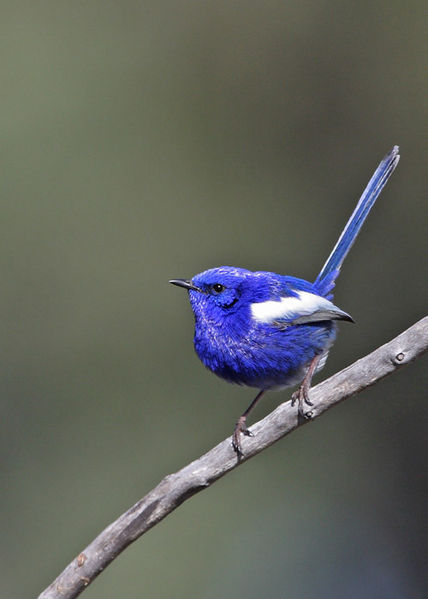 Established in 2003 by Birdlife International, the WorldBirds Birdwatcher’s Data Base now has 16,000 regular users and over 3 million recorded observations. Unlike many professionally-organized efforts, WorldBirds is open to ornithologists and casual and serious birders alike. It is an excellent, enjoyable way to contribute to worldwide conservation projects and communicate with others who share your passion.
Established in 2003 by Birdlife International, the WorldBirds Birdwatcher’s Data Base now has 16,000 regular users and over 3 million recorded observations. Unlike many professionally-organized efforts, WorldBirds is open to ornithologists and casual and serious birders alike. It is an excellent, enjoyable way to contribute to worldwide conservation projects and communicate with others who share your passion.
Your Observations Count
Research fund availability and the sheer scope of what needs to be done places severe limits on conservationists…paid professionals can not handle everything. Even when I worked for the Bronx Zoo and other well-funded organizations, I relied heavily upon volunteers. Much of the data that later found its way into professional publications was generated by them, not I. Read More »
 That Bird Blog – Bird Care and History for Pet Birds
That Bird Blog – Bird Care and History for Pet Birds




